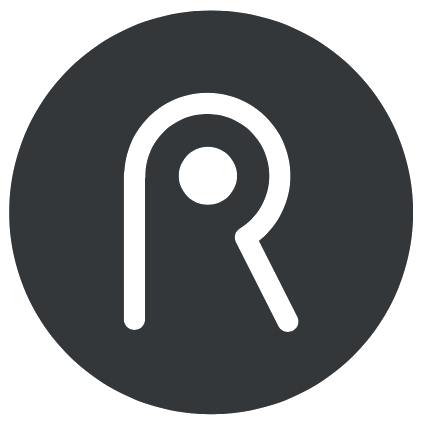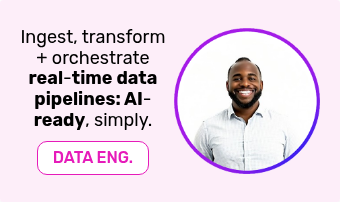Industrial IoT (IIoT or ‘industrial internet of things’) refers to the application of IoT technology in industrial settings such as manufacturing, energy, and transportation.
It involves the use of systems, sensors, devices, and connectivity to collect, analyse and share data in real-time to improve operations, increase efficiency and reduce costs. The integration of IoT technology in industrial settings revolutionises the way industries operate by enabling businesses to optimise their processes, make better use of their resources, and improve their overall yields and profitability.
The key differences between industrial IoT and regular IoT.
There are 6 key differences between industrial IoT and the sort of IoT you see at home:
- Scale
- Reliability
- Security
- Integrations/interoperability
- Need for Edge processing
- Sophistication
One of the main differences between IIoT and traditional IoT is the scale of the systems. IIoT systems are typically much larger and more complex than traditional IoT systems, with a greater number of devices and data points, meaning that they need a central, sophisticated IoT platform for them all to connect to.
This is because industrial environments often require a large number of sensors and system integrations to monitor and control various aspects of the operations such as temperature, pressure, vibration, flow and more. This can be a major challenge for businesses, as it requires a significant investment in terms of hardware, software, and infrastructure.
Reliability is another key difference between IIoT and traditional IoT. Industrial environments can be harsh and unforgiving, and downtime can be costly and disruptive. This is why IIoT systems must be designed to be highly reliable and robust, with the ability to operate in extreme temperatures, humidity, and other environmental conditions. Additionally, IIoT systems must be able to withstand physical shocks, vibrations and other types of mechanical stress.
Security is another major concern when it comes to IIoT systems. Industrial environments often handle sensitive data and control critical infrastructure, so they must be designed with robust security measures to protect against cyber attacks. This includes implementing encryption, firewalls, and other security measures to protect the system from unauthorised access and data breaches. In addition, businesses must also consider the potential impact of a security breach on their operations and take steps to mitigate these risks. You can find out more about how Rayven handles security threats here.
Integration is another key difference between IIoT and traditional IoT. IIoT systems often need to integrate with existing industrial systems, such as SCADA systems and PLCs. This requires specialised knowledge and expertise to ensure that the systems are able to communicate and share data effectively. Businesses must also consider the potential impact of these integrations on their existing systems and take steps to minimise disruption and maintain continuity of operations. Rayven is completely interoperable and can integrate with anything - yes, anything - with a huge range of out-of-the-box connectors and integrations available (find out more here).
Latency is often, also, an important factor to consider when it comes to IIoT systems that is less relevant elsewhere. Industrial environments often require low-latency, high-bandwidth communication to support real-time control and monitoring. This is because many industrial processes require fast and accurate control in order to operate efficiently and effectively. Businesses must also consider the potential impact of latency on their operations and take steps to minimize it, especially if it’s being used for real-time machine direction and employee safety. Rayven gets around these issues by enabling lite Edge-deployments, ensuring rapid response times (discover more here).
A final key difference often seen with industrial IoT is the sophistication of the software that’s running the solution. Many IoT solutions provide nothing more than a dashboard with a series of real-time metrics, however advanced industrial IoT platforms, such as Rayven , include many advanced features (such as machine learning, automation, AI, predictive analytics, and more) that wouldn’t necessarily be needed in other contexts, but are critical to delivering the performance, efficiency and insight-driven results being sought.
In conclusion (and outcomes).
In summary, Industrial IoT (IIoT) is the application of IoT technology in industrial settings to improve operations, increase efficiency and reduce costs. IIoT systems are typically larger and more complex than traditional IoT systems, with a greater number of devices and data points. Reliability, security, integration, latency, and sophistication are some of the key differences between IIoT and traditional IoT.
Implementing an IIoT solution can be a major challenge for businesses, as it requires a significant investment in terms of hardware, software, and infrastructure, as well as specialised knowledge and expertise. However, with the right approach and technology - such as leveraging prebuilt industrial IoT solutions built for industry - businesses can leverage the power of IIoT to improve their operations and gain a competitive advantage, simply.
Speak to us today to find out more about how and where you can get started, plus get some free expert advice.
Author





























